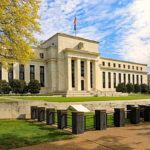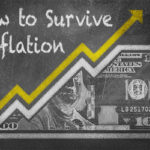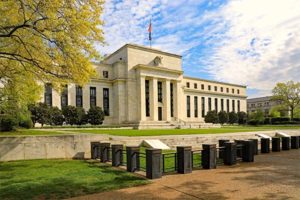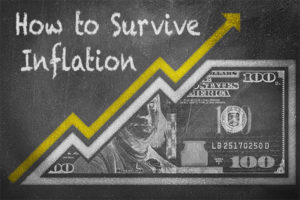Four years after the crash, the United States is still limping along in what can best be described as an anemic recovery — better off than some nations, but not as well as others. One country that seems to have found its way back on track better than most is the tiny nation of Iceland. Growth this year will be about 2.5 percent, compared with 2.1 percent in the United States and -0.2 percent in the European Union.
How did this land of 320,000 souls, which was brought to the brink of bankruptcy when its biggest banks failed after their debts grew to 10 times the size of the country’s entire economy, manage to repay its International Monetary Fund (IMF) rescue loans ahead of schedule, cut its unemployment rate by half, and regain its investment grade status while other countries languished?
Pretty much by doing the opposite of everything we did here.
Iceland and U.S. Choose Different Paths
Unlike the United States and several countries in the eurozone, Iceland did not bail out its banks while letting its citizens pay the price for the bankers’ imprudent investing and illegal behavior. Not only did it put its three largest banks into receivership after they defaulted on debts of $85 billion and failed, it indicted their CEOs on criminal charges.
And while here at home we allowed millions of citizens to lose their homes to foreclosure, while making sure that the banks that foreclosed on them remained solvent with billions of dollars of taxpayer-fueled bailout money, the government that came to power in Iceland in 2009 immediately went to work bailing out its consumers, instead.
First, the country allowed homeowners to write off all mortgage debt above 110 percent of property value. It also provided means-tested subsidies to reduce mortgage-interest expenses giving the most generous support to those with lower incomes, more children and less home equity.
Second, the nation’s Supreme Court canceled all bank loans indexed to foreign currencies, allowing consumers to repay those loans in kronas, whose value had decreased by 80 percent during the country’s worst days. This gave the people more money to spend on things other than their foreign debts, whose costs had more than doubled after the crash.
Third, Iceland raised taxes and cut deductions for the most well-off, while safeguarding the country’s welfare system for its most vulnerable citizens. Pensions were raised for the old and disabled, unemployment benefits were increased and the minimum wage went up.
Did it all work? Well, the country’s deficit, which was 13.5 percent of its gross domestic product (GDP) in 2009, fell to just 2.3 percent last year. And IMF chief Christine Lagarde called the Icelandic recovery “impressive.”
Iceland Presses Ahead on Banking Reform
And the land where Vikings once reigned is not about to stop reforming its banking system so that it never again has to suffer an economic crisis like the one that saw its local stock market plunge 90 percent, its unemployment rate rise nine-fold, and its inflation rate shoot up more than 18 percent.
Today, the country is likely to become the first Western nation since the global meltdown to force its banks to sever their commercial components from their investment ones.
Many economists have suggested that the world banking collapse might not have happened at all, if the 1933 Glass-Steagall Act, which separated commercial and investment banking in the United States for more than 60 years, had not been repealed in 1999, allowing excessively risky behavior and the unrestrained quest for assets, profits and bonuses to create a speculative bubble that was bound to explode, and finally did, all over the planet.
Who Made the Better Choices?
So, to recap: Iceland let its banks fail, pushing its losses onto its bondholders and creditors; we bailed out our banks, essentially protecting them from the consequences of their questionable activities, while the taxpayers foot the bill.
Iceland punished its bankers with criminal indictments; we let ours go scot-free.
Iceland is planning to force its banks to separate their commercial and investment functions in order to prevent a recurrence of the 2008 crash; our banks are actually bigger and richer than before with no similar legislation as yet in place to prevent a repetition of what brought the world to the brink of economic collapse.
Iceland took care of its people; we have been tardy, if not negligent, in taking care of ours.
Could Iceland’s strategy have worked in the United States, a country whose population is 1,000 times larger? Unfortunately, we’ll never know. We chose a different path. But seeing how relatively far Iceland has come in recovering its economic health and where we are today, one has to wonder.


















